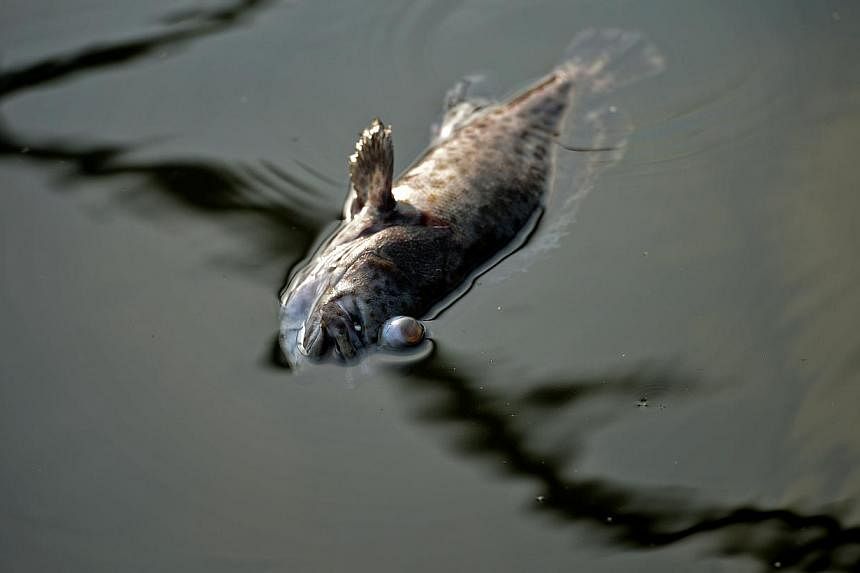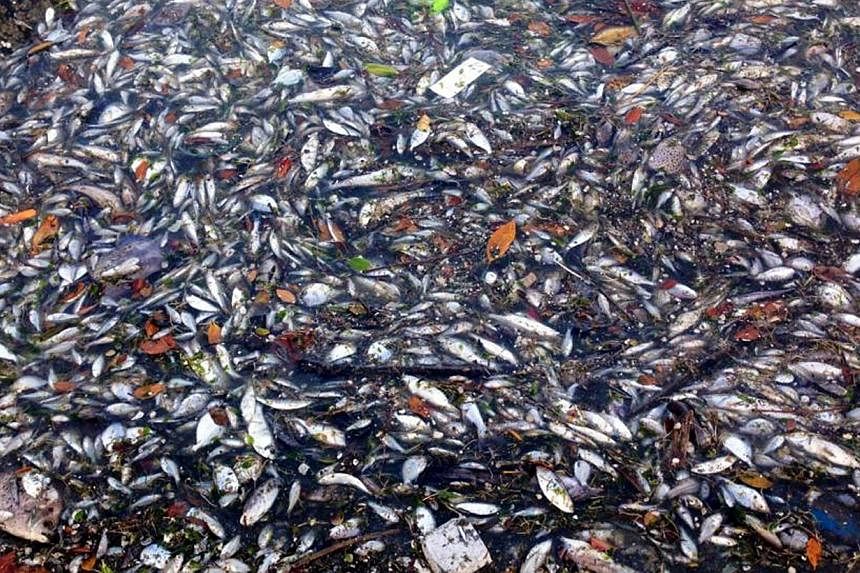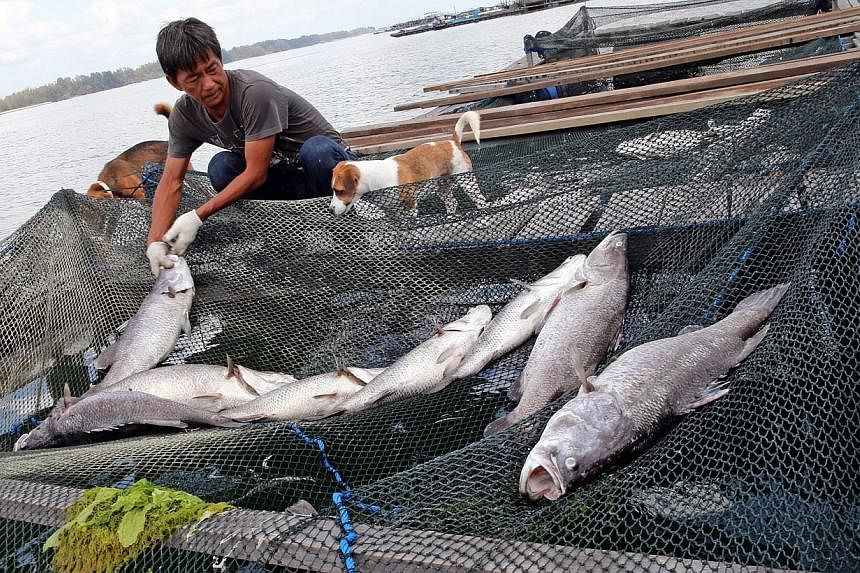A plankton bloom has resulted in the loss of tonnes of fish in Singapore waters in March. The phenomenon also resulted in mass fish deaths for Singapore farms last year, and in 2010.
The micro-organisims are omnipresent in water bodies, and plant-like phytoplankton produces half of the Earth's oxygen.
They are a main food source for sea creatures, and seasonal plankton blooms are vital for the survival of some marine coastal systems.
That said, an unexpected population explosion can be harmful.
After a bloom, the plankton die and decompose, and the bacteria uses up dissolved oxygen in the water, causing fish to suffocate. The bloom can also block out sunlight and prevent it from reaching plants on the seafloor.
With climate change and other factors disturbing ocean ecosystems, Singapore is not the only locale affected by this phenomenon.
Malaysia
Sabah issued a red tide warning in February after detecting a deadly algal bloom in waters off the state's west coast.
The phenomenon is called a red tide as the algae growth can turn the sea red.
Hong Kong
Water bodies in the Hong Kong can sometimes emit a blue glow. This is caused by a bloom of what is commonly known as "Sea Sparkle", and is linked to water pollution.
Despite the blue gleam of the plankton, it is still known as a red tide. Seven such blooms were spotted in Hong Kong in February, according to the Hong Kong Agriculture, Fisheries and Conservation Department.
China
Since 2008, the Yellow Sea near Qingdao has turned green with algae every summer. In 2013, the algae covered 28,000 sq km and was said to be linked to the discharge of fertilisers and nitrogen-rich sewage into the sea.
The Qingdao authorities have been using bulldozers to remove the growth from its beaches.
South Africa
In February this year, two hundred tonnes of lobster died in Cape Town after an algae bloom on the west coast.
In this case, the bloom was caused by winds stirring up nutrients from the sea bottom, followed by a long period of calm weather, which meant the plankton was not dispersed.
Arctic Ocean
Scientists studying climate change have found massive blooms of algae under the ice in the Arctic Ocean. As the ice thins due to global warming, more sunlight penetrates the ice, resulting in a plankton explosion in nutrient-rich waters.
Canada
Plant-like plankton suck up carbon dioxide as they grow and plankton blooms have been pitched as a solution to global warming. There have also been attempts to create plankton blooms to boost fish populations.
Scientists caution that there can be many side effects from disrupting the ocean's balance.
In 2012, US businessman Russ George dumped 100 tonnes of iron-laced dust in the north-west Pacific Ocean off Canada to promote plankton growth, but whether it worked is inconclusive.
Sources: The Star, CNN, Guardian, Cape Times









